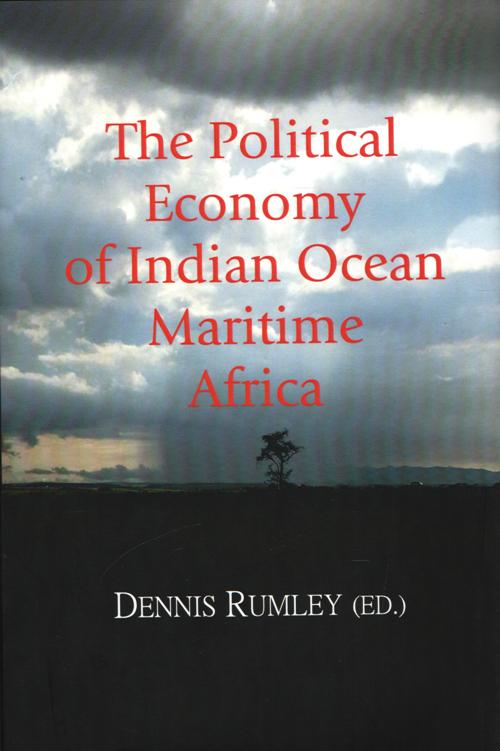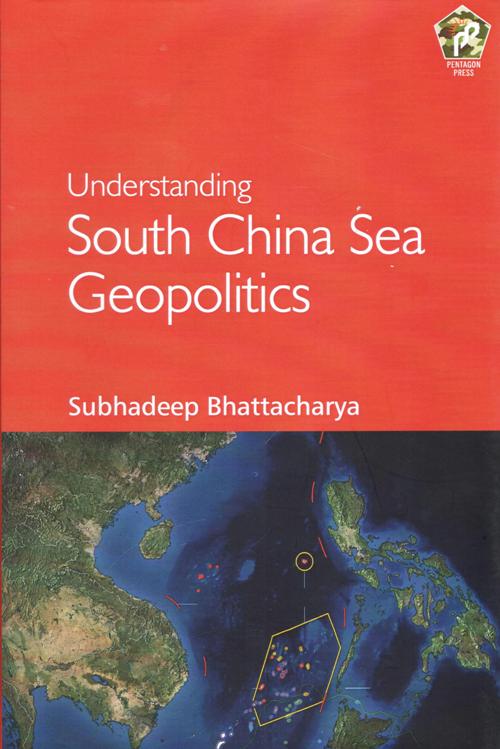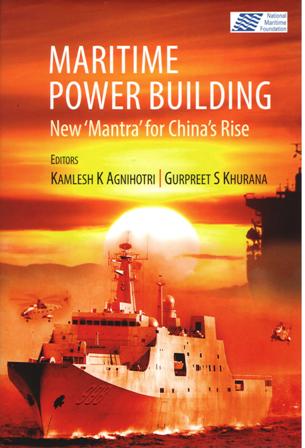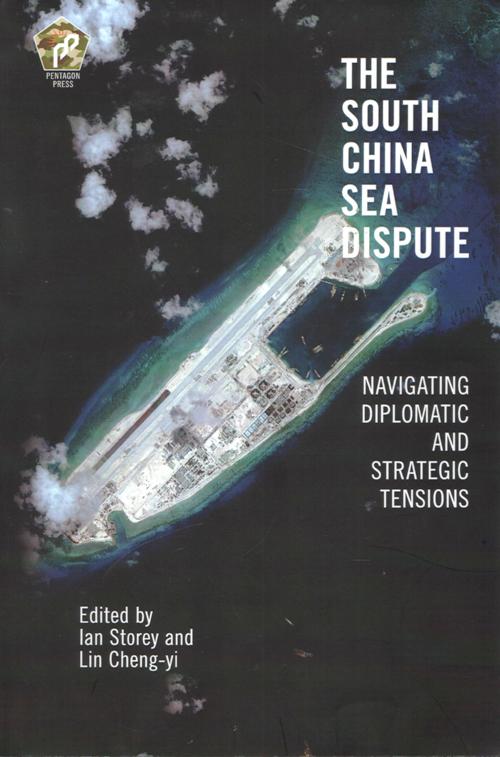Description
The South China Sea (SCS) is an arena of growing conflicts due to overlapping claims by both littoral states and extra-regional powers. With respect to the Spratly and Paracel Islands, different geographic features are reportedly occupied by claimant-states such as Taiwan, Vietnam, the Philippines, China, and Malaysia. The source of the SCS dispute is traceable to 1951, due to vast continental shelf constituting a potentially rich source of oil and natural gas. China demarcated its claims with a U-shaped nine-dash line, covering most of the area. The SCS has witnessed a number of inopportune conflicts in terms of economic interests, civilian security, and the environment in the recent past. The illegal construction of artificial islands and nuclear power plants on these fragile islands in the region represent severe environmental threats to the SCS.
One of the fundamental principles of the Association of Southeast Asian Nations (ASEAN) has been to resolve regional disputes by peaceful means. But, over the years, the position of ASEAN on the SCS disputes has weakened its image internationally and its inability to resolve this issue has entailed questions about its credibility as an effective regional organization. The SCS situation can only be settled amicably if the littoral states change their mindset from one of sovereignty and sole ownership of resources to one of functional cooperation and cooperative management.
Chapters of this book cover a wide range of articles which discuss the entire spectrum of complexity of claims and conflicts in terms of geography, sovereignty, security, resources, trade and legal implications thereof for ASEAN, Asia and world as a whole.








Reviews
There are no reviews yet.